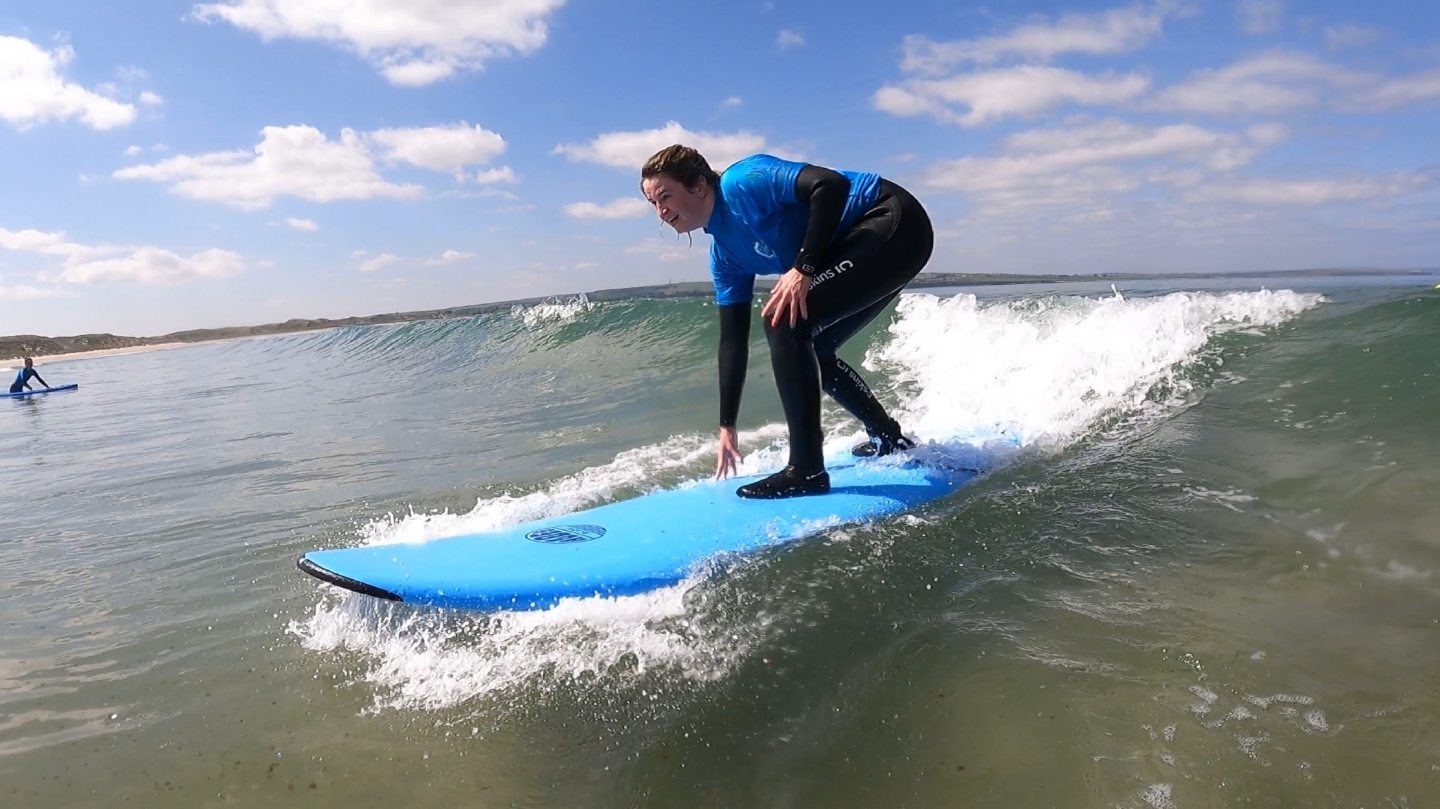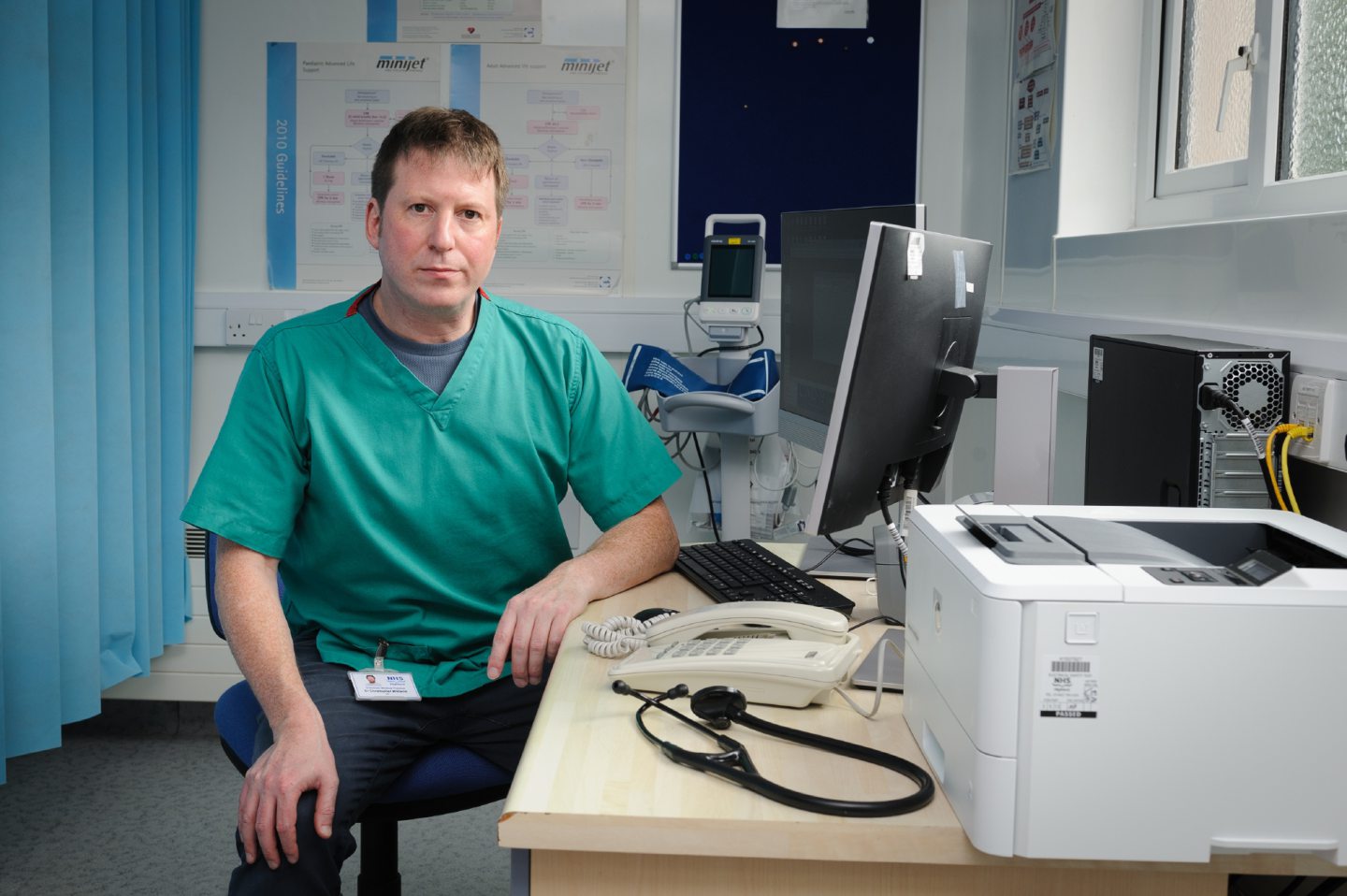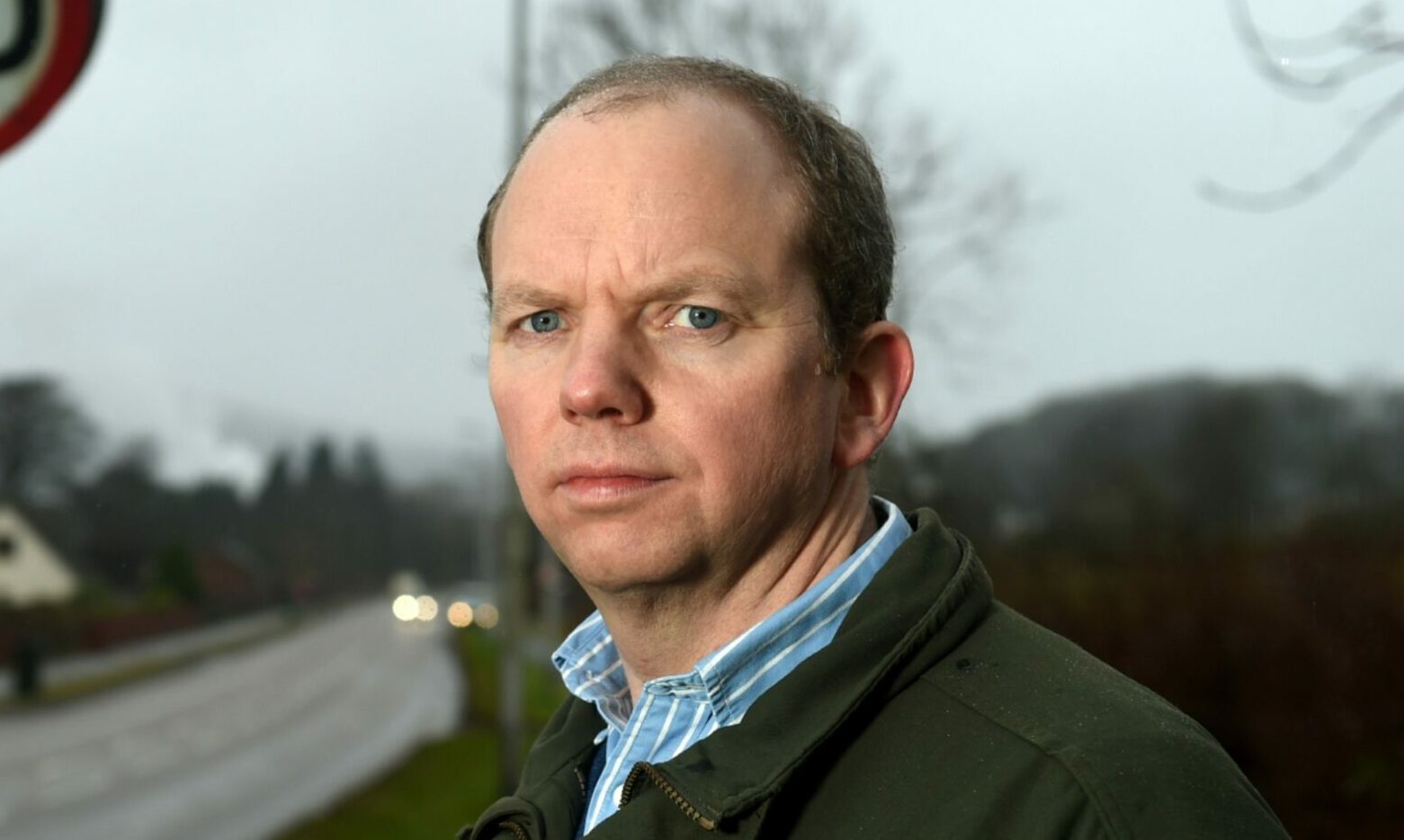A scheme giving trainee GPs £20,000 for moving north to work is attracting dozens of doctors a year – but there are concerns it doesn’t go far enough.
The Scottish Targeted Enhanced Recruitment Scheme (Ters) was introduced to encourage doctors to move to remote areas where hiring has proven difficult.
But, with more than 5,000 GPs working in Scotland, there are questions over the small numbers taking up this scheme, and if more can be done to boost them.
How does the Ters scheme work?
In exchange for signing up to a three- or four-year placement, trainees are given a £20,000 grant.
Scottish NHS training documents say the “ambition” is they discover these areas’ “hidden attractions” and remain in the post afterwards.
Ters runs two intakes a year, one in February and another in August, with a raft of locations available.
The February 2023 sessions include 27 posts on the Caledonian programme, covering the Highlands including Inverness, Shetland, Western Isles and Dr Gray’s in Elgin.
Trainees on this scheme are encouraged to try activities like mountaineering, kayaking, surfing and live music – and enjoy the local food and drink scene.
A further 12 rotations are available in Argyll, Lochaber and the islands. Others focus on Ayrshire, Dumfries, Dundee, Lanarkshire and Perth.
Anyone who leaves the scheme early will be asked to repay some of the cash.
How many people have signed up in the north and north-east?
Over the last five years, north and north-east health boards have welcomed 154 new GPs through the scheme:
- Grampian: 31
- Highland: 99
- Orkney: 5
- Shetland: 8
- Western Isles: 11
Chris Williams, the joint chair of the Royal College of GPs in Scotland, says initiatives like Ters can make a massive difference.
The Grantown-on-Spey doctor added: “General practice is the mainstay of remote and rural health care, and many GPs take a lot of joy in their important role in the very heart of the community.
“We know that when trainees have the chance to enjoy placements in these locations, their likelihood of settling there increases, and so rural training places should be maximised.”
But he fears there are also significant downsides to rural general practice which must also be addressed.
Last month the organisation published a 10-point plan it wants enacted to help recruit and retain more GPs.
Dr Williams wants all new schemes to be “rural-proofed” with better funding for physical and digital infrastructure.
He said: “The local populations and the doctors serving them can be impacted by poor infrastructure and connectivity, more variation in weather and geography, and this is all within the context of greater health inequalities.
“Crucially, remote and rural GPs are often working in relative isolation, taking on a wider range of roles than others might in urban areas, and sometimes without the camaraderie of a wider team.
“Innovative steps are needed to maximise recruitment and retention across the country, but particularly to improve the capacity of rural general practice.”
‘A few dozens applicants a year is not a success’
Scottish Conservative Highlands and Islands MSP Donald Cameron said: “This scheme was supposed to address the issues many people across the north of Scotland experience in accessing a GP.
“But several years on the problems are worse than ever, so clearly a more imaginative approach is required.
“Many will feel that a flagship promotion which has only attracted a few dozen applicants a year is not a success.”
‘Absolute commitment’ to making general practice attractive
A Scottish Government spokeswoman said there is already a “record number” of GPs working in Scotland, “who do an incredible job in a period of significant challenge”.
She pointed to a separate scheme to boost GP numbers, and said almost all of the training posts in it have been taken up.
“Our innovative recruitment campaign Rediscover The Joy specifically looks to recruit experienced GPs to provide support for remote and rural practices,” she added.
“People across the country will benefit from the GP specialty trainee recruitment raising both headcount and fill rate this year, with 98% of GP training posts filled.
“We are absolutely committed to ensuring that being a GP remains an attractive career choice with a manageable workload.”




Conversation